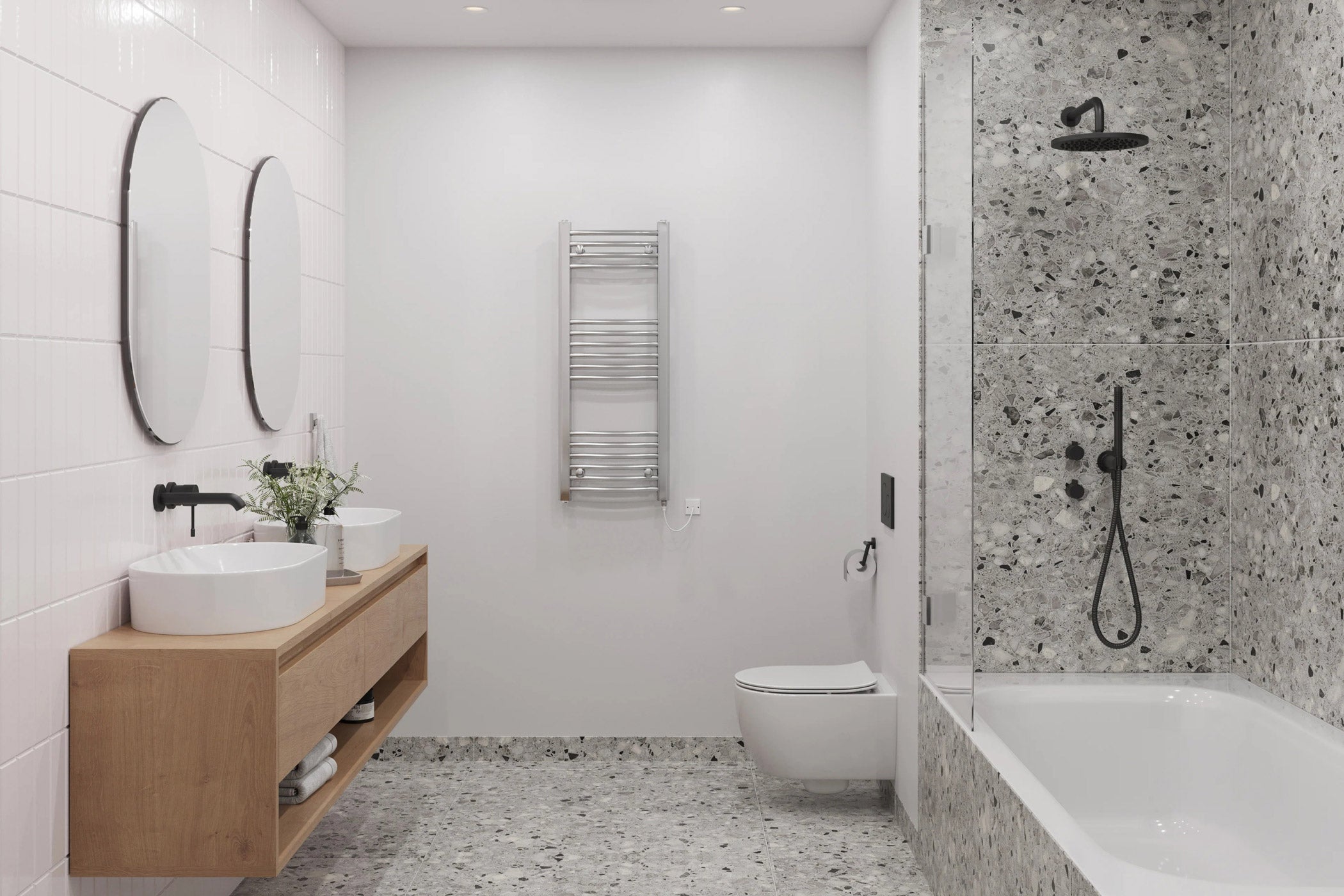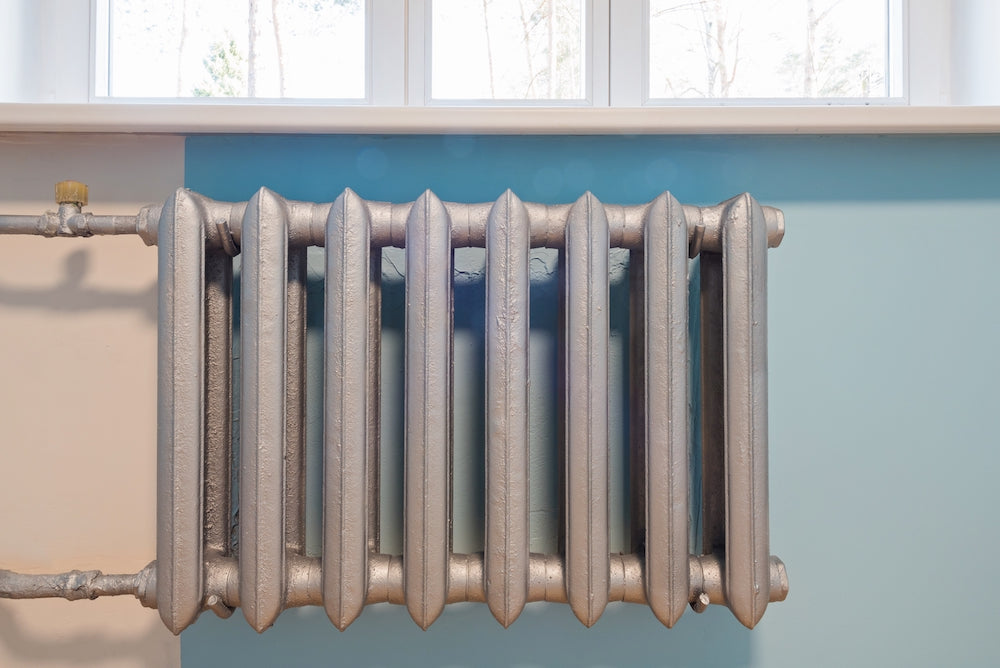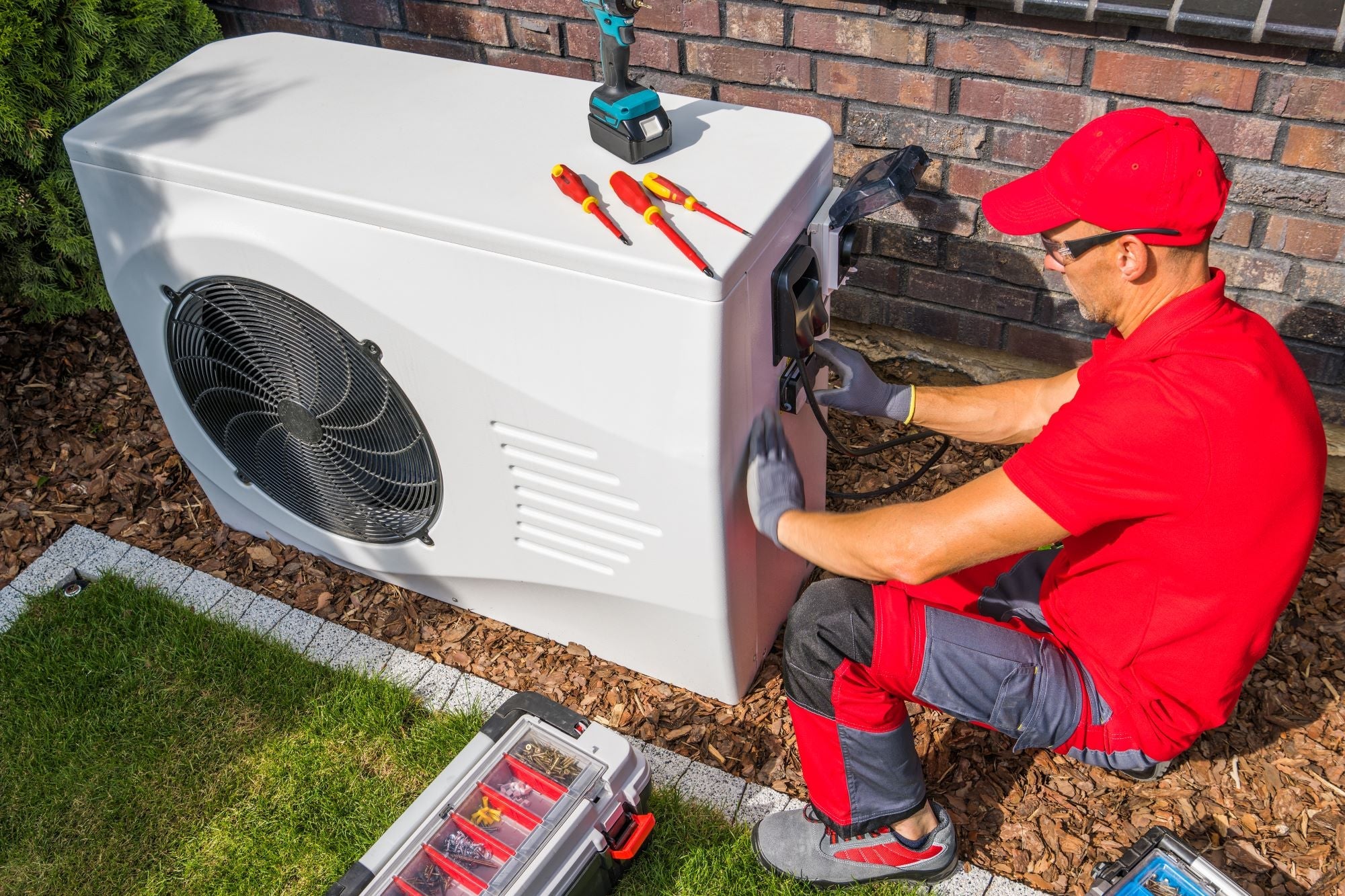
Air in Radiators: Understanding the Causes and Solutions for Radiator Airlock
How does air get into your heating system?
There are quite a few different causes for this, especially if it becomes a recurring problem and bleeding your radiator isn’t helping. So let's go through each issue and see which one applies to you.Is air in the heating system normal?
Yes, it is just a normal side effect of heating and cooling water that comes from our mains pipes, which will contain some forms of dissolved gases. An easy-to-understand dissolved gas that we all know (carbon dioxide) is added to fluids to make them fizzy drinks. You could research more into this but it isn’t overly interesting so we will leave it there for this one and focus on some more meaty issues. For any system, annual maintenance should include releasing trapped air by bleeding radiators and valves near the heating system. If you'd like more information on this, check out our guide on how to bleed your radiators.Does installing new radiators introduce air to the heating system?
This is the most common cause of air in a system and has a significant impact. Once you break open the system, it is impossible not to add air. By removing or installing a new part, you’ll no doubt introduce air to the system. When you install a new radiator or replace a valve or any part of the heating system, while you’ll need to bleed the area for that specific part, you will also need to bleed all the radiators and any air vents near the boiler.Can leaks cause air in the system?
As surprising as it may seem, leaks can cause air to go into your central heating system. Think of a plastic bottle of water. Take the lid off and turn it upside down - the water will come out in a stream and will start to chug as air goes back into the bottle to replace the lack of atmosphere. The bottle can’t be empty as it either has to contain air or water. This can be a cause for the issue of recurring air in the system, so if you find yourself bleeding your radiators and system often, it could be a good idea to check for leaks. You can find out more on how to fix a leaking radiator which will help you identify where the leak is coming from.Can rust and corrosion cause air in a heating system?
Different types of metal behave differently when in water. With iron-based products such as steel radiators, when rust occurs hydrogen gas is released and an air pocket will form in the radiator over time. Where this is the cause, what you could find is one of two things:- Radiators are cold at the bottom
- When you bleed the radiators, the water that comes out is very dark
Can an Expansion vessel cause air in radiators?
Yes, an expansion vessel on a pressurised system can introduce air to your radiators, but only if it is broken. When water is heated, it expands and becomes very difficult to compress. To deal with that expansion, you have an expansion tank which has a rubber diaphragm to separate water on one side from the heating system from the air on the other side. As the water expands, the diaphragm moves into the air side and compresses the air. If that seal breaks, air releases into the system, which can lead to even more issues. This is why regular servicing of your heating system to check whether there is still air in the expansion vessel is a good idea. On non-pressurised systems, often called feed and expansion tanks, a tank is typically positioned in the loft area, equipped with a ball valve. As the water within the heating system expands, it rises through a pipe and drips into the tank, replenishing the water level as the system cools down. This mechanism helps maintain a consistent water level in the heating system. In theory, this shouldn't cause air in the system. However, in reality, different pipe structures and nuances, such as the location of radiators in relation to the expansion level in a home, can allow air to enter.Can my system design cause air in radiators?
Yes, it can. The placement of the pump to the rest of the system can impact this, as well as your general pipe structure and layout. But as we know, the air in the system is natural. If it happens too frequently or to a severe extent, you need to investigate the issue further. Let's get onto dealing with the trapped air.What is airlock?
Air lock occurs when enough air gathers in your system that the force of the water entering it is not enough to either pass it or push it along. So let’s imagine we have a pipe going from our downstairs heating system to a floor upstairs and then returning, and there are a few air bubbles (represented by the white dots). 
As they get to the top of the system they start to collect together. 
They then move along and the water descends, but the air - by its very nature - can’t go back down. However, if the force of the water is strong enough, it will force the air down. 
Yet, as more air builds up, you will end up causing a blockage of air. Similar to what you see below, water will still trickle water through or manage to get past some of the air. 
This is no different than what happens when you get air in your radiators, it is just that usually because of the connections being on the bottom of the horizontal radiator it doesn’t cause an airlock. However, a vertical radiator has a block flow, which will force the water to flow in a similar pattern as highlighted above, and can get this type of airlock. But again, by design, we usually want this trapped air at the top of a radiator as that is where our bleed valve is. So this is more of an issue when it happens in pipes and a lot more difficult/lengthy to deal with.










